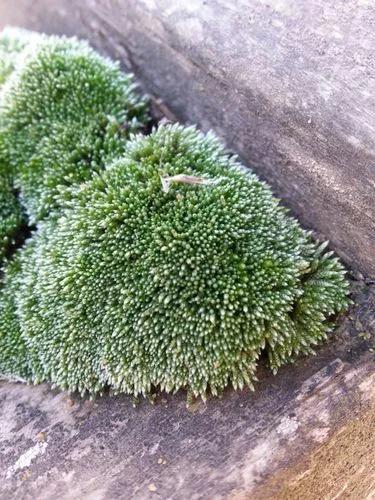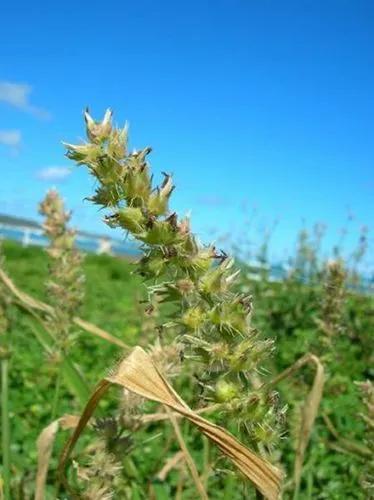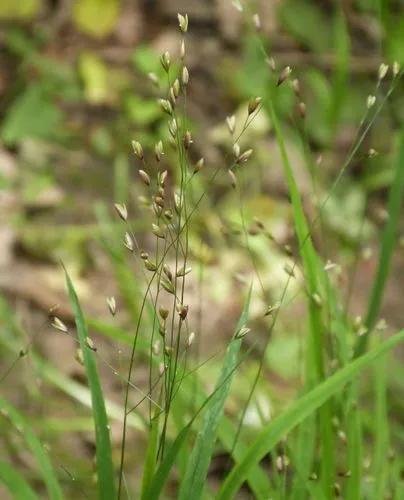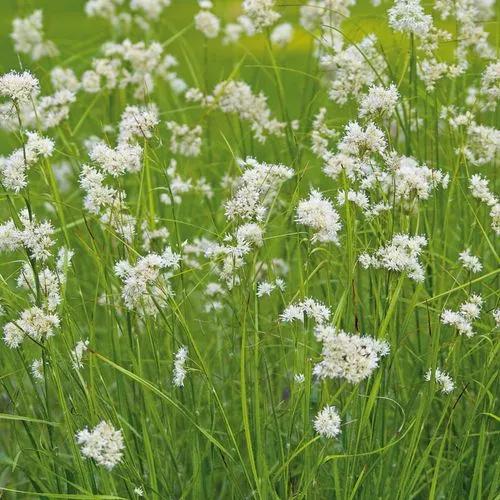Bassia scoparia f. trichophylla, commonly called burning bush, is an upright, shrubby, warm weather annual that is primarily grown for its attractive shape, light green foliage and bright scarlet red fall color. It typically grows in a single season to 2-3’ (less frequently to 5’) tall with a globular to columnar habit. Branches are clad with feathery, narrow, light green leaves (2-3” long) that turn scarlet red in fall. Flowers are inconspicuous. Plants have a cypress-like form and soft foliage, hence the sometimes used common name of summer cypress. This plant is native to temperate Asia, but has escaped gardens and naturalized in parts of North America. Synonymous with and formerly known as Kochia scoparia f. trachophylla and Kochia trichophylla.
Mexican Burningbush Care
Bassia Scoparia



How to Care for the Plant

Water

As fireweed can thrive in near-desert conditions (as low as 6” inches of annual rainfall), there are no watering requirements.

Fertilizer

You will need to restore nitrogen to the soil, generally with a dose of 50 to 100 pounds per acre before planting and an additional 50 to 100 pounds late in the growing season, based upon the estimated yield.When using to feed livestock, be aware that the plants are naturally low in phosphorus, so supplements will be necessary.

Sunlight

enjoys full sun and may be planted in every USDA hardiness zone with the possible exception of Alaskan zones.

Soil

It loves alkaline soils, but may not fare well in acidic soil.

Additional

Plants contain some saponins and should not be eaten in large quantities. Saponins are a toxin found in many of our daily foods such as many beans. They are usually present in quantities too small to be concerned about and are also very poorly absorbed by the body, tending to pass straight through without causing any problems. Saponins are much more toxic to some creatures, such as fish, and hunting tribes have traditionally put large quantities of them in streams, lakes etc in order to stupefy or kill the fish

Popularity

411 people already have this plant 35 people have added this plant to their wishlists
Discover more plants with the list below
Popular articles






